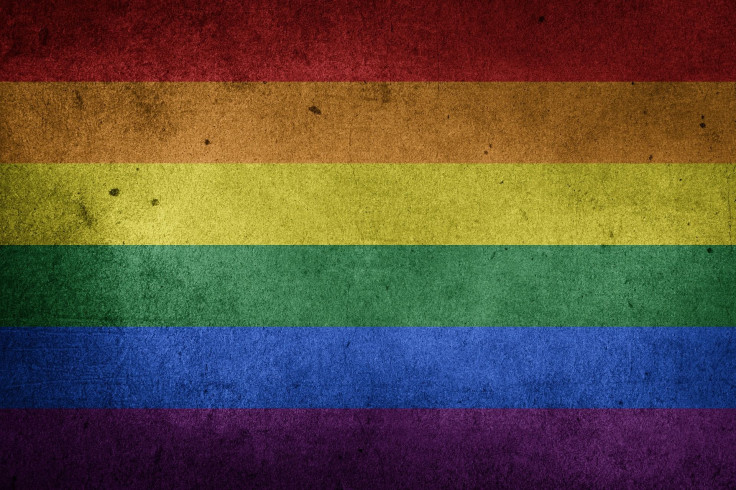The Environmental And Biological Factors That Contribute To Sexual Orientation And Behavior

Recently, LGBT rights have become one of the hottest political issues in the country. Though legislation and policymaking may be the most talked about aspects of sexual orientation, some researchers are still trying to get to the scientific roots of human sexual desires, behavior, and arousal. In a way, all of the controversy surrounding legislation concerning LGBT rights hinges on different perceptions of what causes non-heterosexual orientations, how prevalent they are, and what kind of consequences they have — all questions scientists are trying to answer. A new report by a multi-institutional team presents the latest information on these issues, combining studies to provide a thorough analysis of the scientific research on sexual orientation.
“We wanted to write a comprehensive review that was ‘state of the art’ — in doing so, we also wanted to correct important misconceptions about the link between scientific findings and political agendas,” said psychology researcher and lead author J. Michael Bailey of Northwestern University in a statement.
The report, published in Psychological Science in the Public Interest, draws several broad conclusions. First, they write that there is a “small but nontrivial” percentage of people who have non-heterosexual feelings across all cultures. How people express their sexual orientation varies widely depending on cultural norms and traditions. The research suggests, however, that the development of sexual feelings is likely to be similar in individuals around the world. As for causation, the report identifies several biological factors that influence sexual orientation, including specific genetic profiles and prenatal hormones. These are not the only causes, though, since evidence suggests environmental factors come into play as well.
Differences between the sexes are abundant in the research. The team writes that men’s sexual orientation is often closely tied to their patterns of sexual arousal, while women’s is not so clear cut. In experiments, for example, homosexual men showed genital arousal to male stimuli, while heterosexual men were aroused by female stimuli. Heterosexual females showed a different pattern, exhibiting approximately equal levels of arousal to male and female stimuli. Homosexual females also do not display arousal that is as category-specific as the males. Reported incidence of bisexual attraction was much higher in females than in males, and exclusively homosexual attractions were rarer. The reasons for this are potentially cultural, but the researchers say that is ultimately unknown. Bailey and his colleagues also explained that behavior that doesn’t align with stereotypical gender roles can be a predictor for non-heterosexuality in adulthood.
The research findings do not support the idea that sexual orientation can be purposefully altered — taught or learned through social means — or that non-heterosexual orientations become more common with increased social tolerance. However, cultural stigma most likely still deters many from reporting non-heterosexual attractions or behaviors.
The authors also take on the popular debate over whether sexual orientation is a choice, a question they say is illogical.
“People have often thought unclearly about sexual orientation and the political consequences of research,” Bailey said. “The question of whether sexual orientation is ‘chosen’ has divided pro-and anti-gay forces for decades, but the question of causation is mostly irrelevant to the culture wars.”
The authors say sexual orientation is based on desires, and we do not choose our desires.
“Sexual orientation is an important human trait, and we should study it without fear, and without political constraint,” Bailey said. “The more controversial a topic, the more we should invest in acquiring unbiased knowledge, and science is the best way to acquire unbiased knowledge.”
Source: Bailey J, Vasey P, Diamond L, Breedlove S, Vilain E, Epprecht M. Sexual Orientation, Controversy, and Science. Psychological Science in the Public Interest. 2016.



























